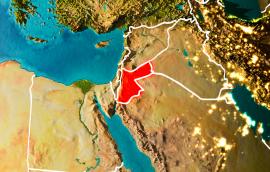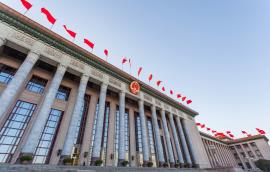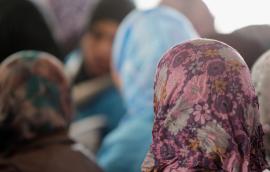Declaration Proliferation: The International Politics of Religious Tolerance
Declarations against violence issued by ulama on behalf of their government provide an opportunity for Muslim political leaders to signal their commitment to the international security agenda while vilifying Islamist opposition actors as terrorists. Baker Institute Blog: https://bit.ly/2LNAZrr
Annelle Sheline July 12, 2019







